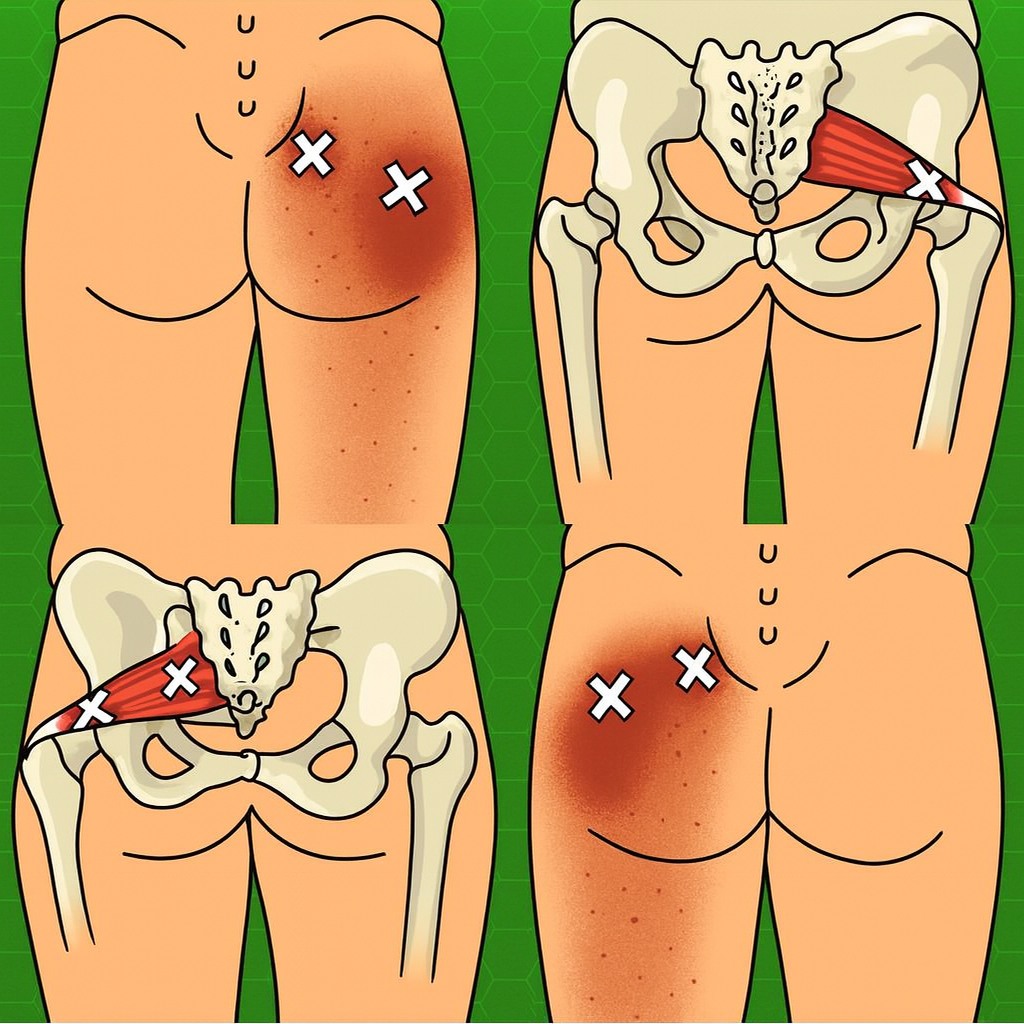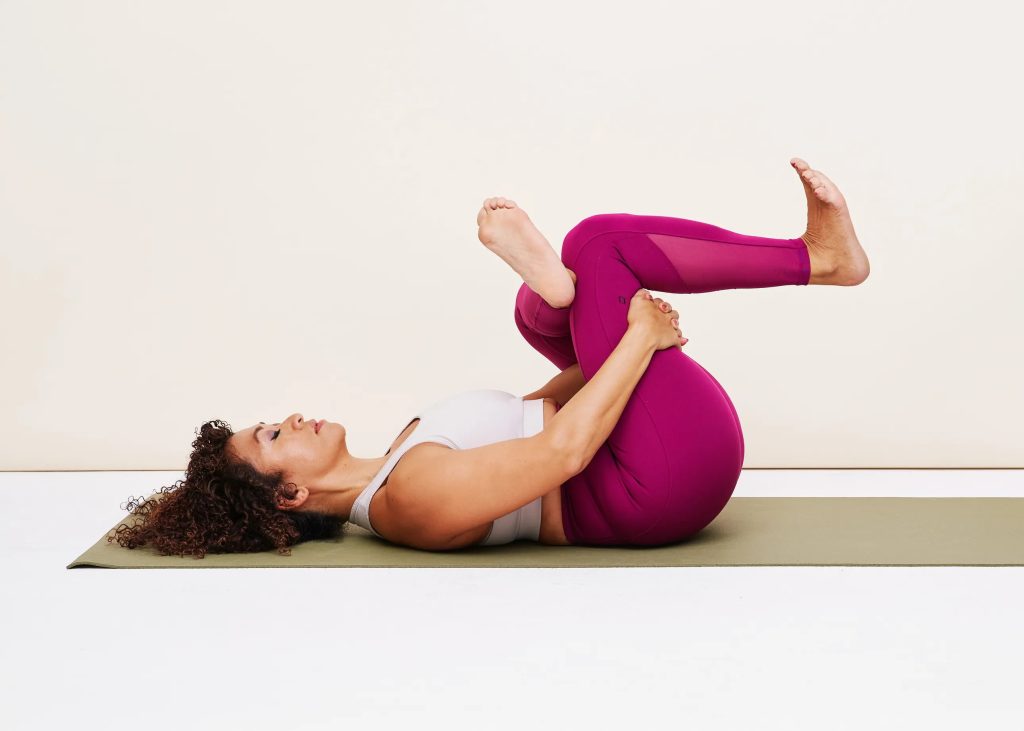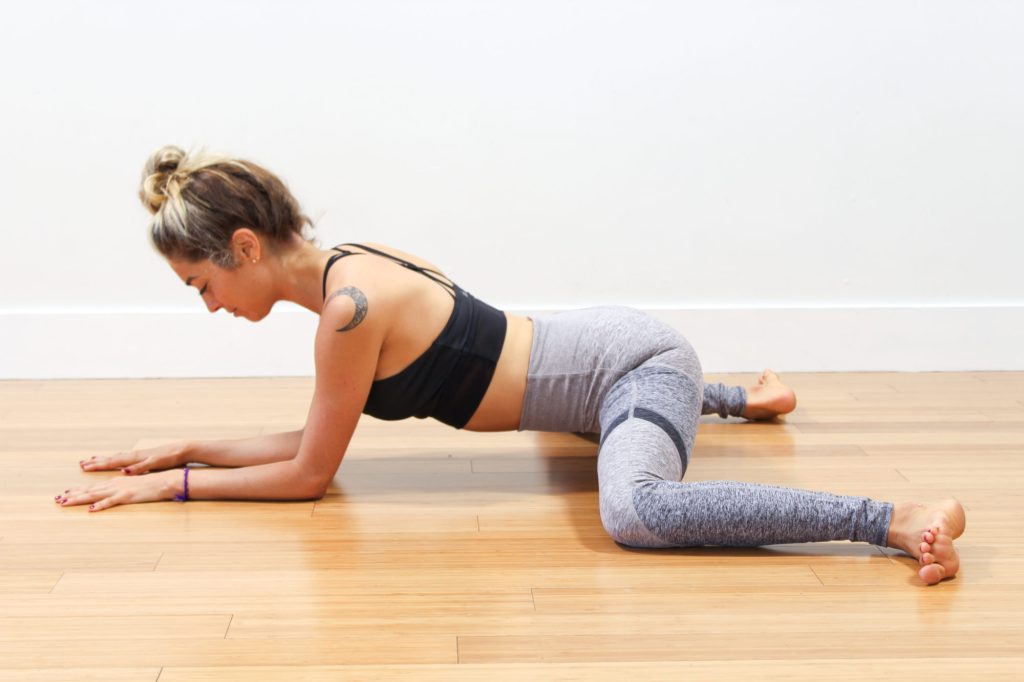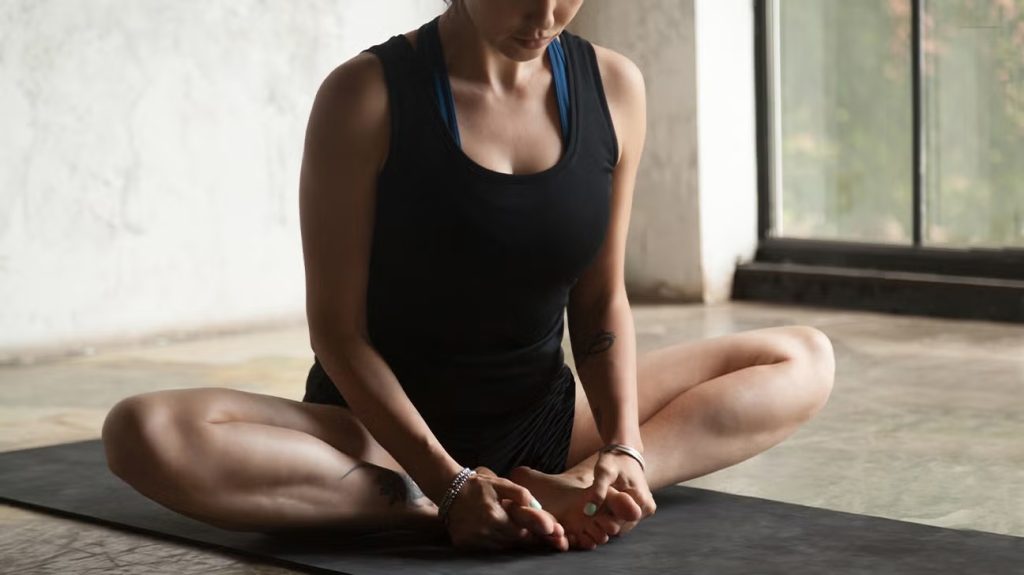
Sciatica is a type of pain that begins in the lower back and radiates down the leg, often described as a sharp or electric shock-like sensation. It can make everyday activities—such as getting out of bed, walking, or even sitting—extremely difficult.
This pain often appears after prolonged sitting, heavy physical exertion, or even from sleeping on an inadequate mattress. While many people turn to medication for relief, gentle exercises and stretches can often provide effective, natural relief without side effects.
The goal of these exercises is to reduce nerve pressure, relax tense muscles, and restore mobility.
6 Effective Exercises for Sciatica and Lower Back Pain
1. Lying Rocking

- Lie on your back with your knees bent.
- Slowly rock your knees from side to side in a gentle motion.
- This helps release tension in the lower back and improves spinal flexibility.
2. Camel Pose (Yoga-Inspired)
- Kneel on the floor with your hands resting on your hips or lower back.
- Slowly lean backward, lifting your chest and arching gently.
- Hold for a few breaths, then return to starting position.
- This pose stretches the spine and opens the chest.
3. Seated Wave
- Sit with your legs extended forward.
- Keeping your spine straight, lean your torso slightly forward.
- The goal is not to touch your toes, but to feel a gentle stretch in your hamstrings and lower back.
4. Frog Pose

- Begin on all fours, then gradually widen your knees apart.
- Extend your arms forward and let your hips sink back toward your heels.
- Adjust the intensity according to your comfort level.
- This pose helps release pelvic and hip tension.
5. Dynamic Lunges
- From a standing or low squat position, place your hands on the floor.
- Bend one leg while extending the other to the side.
- Gently alternate between sides.
- This improves circulation and enhances hip mobility.
6. Relaxing Butterfly

- Sit with the soles of your feet together and your knees bent outward.
- Allow your knees to fall naturally to the sides.
- For a deeper stretch, press your elbows gently against your thighs.
- This exercise relaxes the hips and promotes flexibility.
Frequently Asked Questions
Is medication always necessary for sciatica?
Not always. In many cases, simple stretching and posture adjustments are enough to relieve symptoms naturally.
Can these exercises be done daily?
Yes. Practicing them for just a few minutes each day can help reduce pain and prevent future flare-ups.
When should I see a doctor?
If pain is severe, persists for more than a few weeks, or is accompanied by tingling, numbness, or weakness in the leg, professional medical attention is essential.